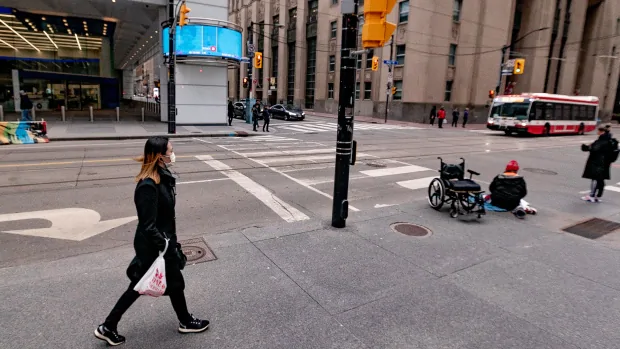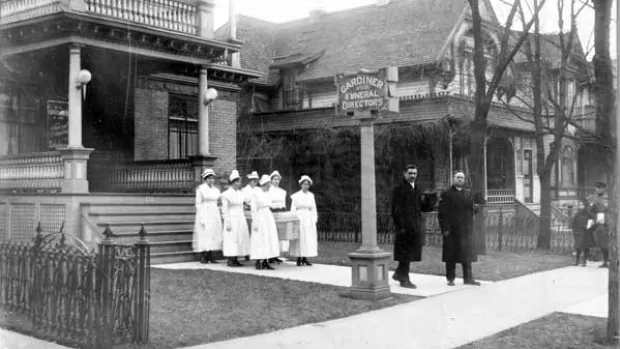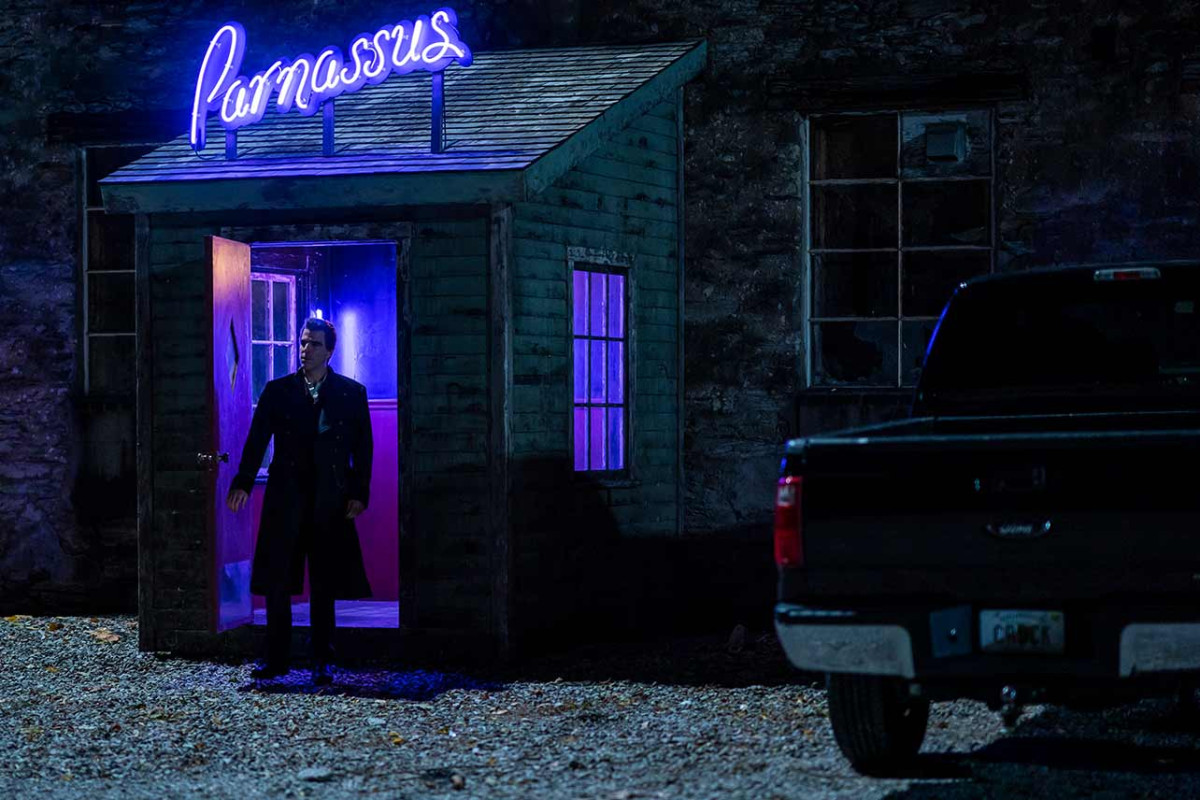A plan by the City of Toronto to drastically reduce its number of office locations and extend more flexible working arrangements to its employees portends a shift that could reshape the way offices function across the city.
The program, dubbed ModernTO, calls for the city to slash the number of offices it owns or leases from 55 to 15. The move would amount to a reduction of about one million square feet of office space, which is about a third of Toronto’s current footprint, by 2026.
The plan was first approved by city council in October 2019, but the timeline and scope of the project have been significantly accelerated as a result of the COVID-19 pandemic. An updated report on the program will be presented to Mayor John Tory’s executive committee on Wednesday.
“[ModernTO] is really transforming the way we work, how we work, where we work,” said Silvia Fraser, the director of Toronto’s workforce modernization program.
“What COVID has allowed is really … for that mindset to change.”
Nearly 15,000 city employees will be affected by the restructuring. Once complete, the city says “most” of its staff will enjoy more flexible work arrangements, including working from home or from an office of their choosing.
A survey conducted by the city found that 95 per cent of employees said they would like to continue working remotely for a portion of the week, while only five per cent said they anticipate going back to the office full-time when the pandemic ends.
Reducing its number of offices is also expected to save Toronto some $1.2 billion over the next 25 years, which the city attributes to the potential sale of properties and a reduction in annual operating costs, among other benefits.
Michelle Johnston, founder of the consulting firm WorkingWell, said the ModernTO plan could act as a model other organizations could follow.
“There’s just something about that bold move that they’re making that I think will inspire some new ways of thinking for other organizations,” said Johnston, who is not involved in the program.
Companies ‘reimagining’ their large downtown offices
Occupancy in Toronto’s downtown offices has cratered during the pandemic as a vast majority of companies have adopted work-from-home policies.
Stefan Teague, who runs the Toronto office for the global real estate services firm Cushman & Wakefield, estimates that less than 10 per cent of the office space in the Financial District is being used right now.
That figure marks a drastic turn from the start of 2020, when Teague said large companies were eagerly leasing extra space in anticipation of what looked to be another strong year of hiring and growth. The pandemic has since thrown that approach into disarray.
“Effectively, what’s happening is they’re buying time. They’re rethinking and reimagining their workplace,” he told CBC Toronto.
In some cases, Teague said companies took on multiple additional floors shortly before the pandemic began. Some of those companies are now questioning how to effectively use that extra space, since COVID-19 appears to have demonstrated that productivity and employee well-being may be better served by allowing more people to work remotely.
“The tenants are rethinking that space and what it might look like post-pandemic,” he said.
Johnston said many of her clients are considering changes in line with the City of Toronto, which could reshape the commercial real estate market.
“There’s a strong push to want to vacate some of the real estate, or offload some of the real estate that organizations have been required to have,” she said.
So where will everyone work?
While the ModernTO plan aims to shrink the city’s total number of offices, it also calls for the remaining offices to be better equipped and more flexible.
That shift means that some employees will no longer have to commute to city hall every day, and could instead work at whichever local civic centre is most convenient.
“So, if I live in Etobicoke I may just go to the Etobicoke Civic Centre for the day,” Fraser explained. “It’s closer to me, I don’t need to drive there, it’s faster.”
That type of workplace model may soon be favoured over the traditional hub-and-spoke system, in which a company operates a single headquarters adjoined to more limited satellite offices, Teague said.
He is forecasting that once Toronto emerges from a “turbulent” 2021, companies will once again start taking on office space, though the location of those offices may shift focus away from the head offices that dominate the downtown core.

Devoted web advocate. Bacon scholar. Internet lover. Passionate twitteraholic. Unable to type with boxing gloves on. Lifelong beer fanatic.





